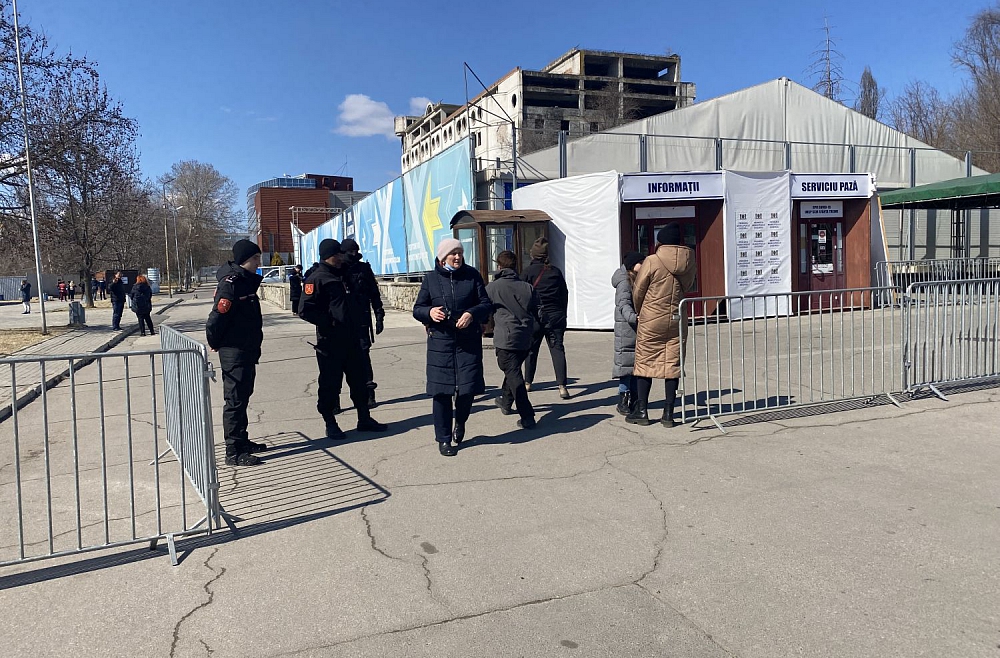More than 100,000 Ukrainian war refugees are currently living in Moldova, according to the UN Refugee Agency. Ukrainians find accommodation both in the locals and in state-run refugee centers. In order for a small country to cope with this flow, it needs help.
We want home. We do not want to go to another country. Maybe it’s an opportunity for someone to find a better life somewhere in Europe. Maybe someone wanted it, we don’t want to. We want to go back to our city, we want our work back.
It is a 31-year-old Luda from the Mykolaiv region. I talked to him at a refugee center in the Moldovan capital, Chisinau. This small country is currently crowded, with a total of almost 400,000 people crossing the border. More than a hundred thousand Ukrainians are currently living there. Half of them are children. In order to be able to accommodate large numbers of people, public institutions, voluntary organizations and the people themselves are involved. But is that enough and how Ukrainians feel in this country Latvian Radio went to the Moldovan border and the capital Chisinau.
The main border point where the largest influx of war refugees enters is near the Moldovan city of Palanka. It is located only 50 kilometers from the Ukrainian city of Odessa, from where most of the refugees come here. Many also travel from the Mykolaiv region. On the border, people are met by buses that take them to a specially organized tent camp to relax or to Palanka station. There are also several tents for rest, medical assistance, hot food and transport to other European countries or Chisinau.
–
Latvijas Radio invites to express its opinion on what is heard in the program and supports the discussion among the listeners, however, reserves the right to delete comments that violate the boundaries of dignified attitude and ethical conduct.
–


